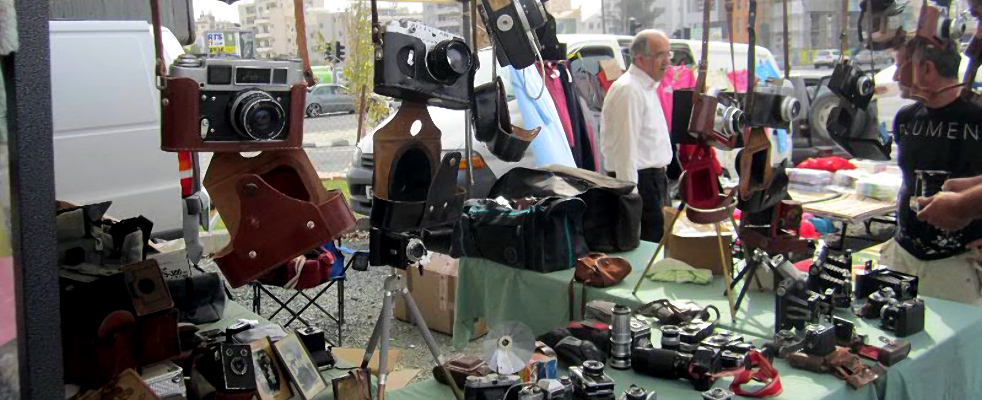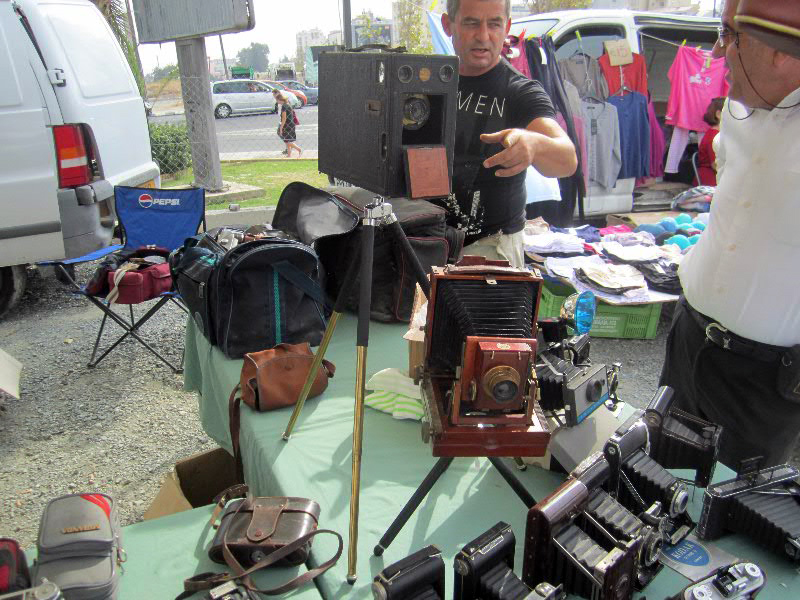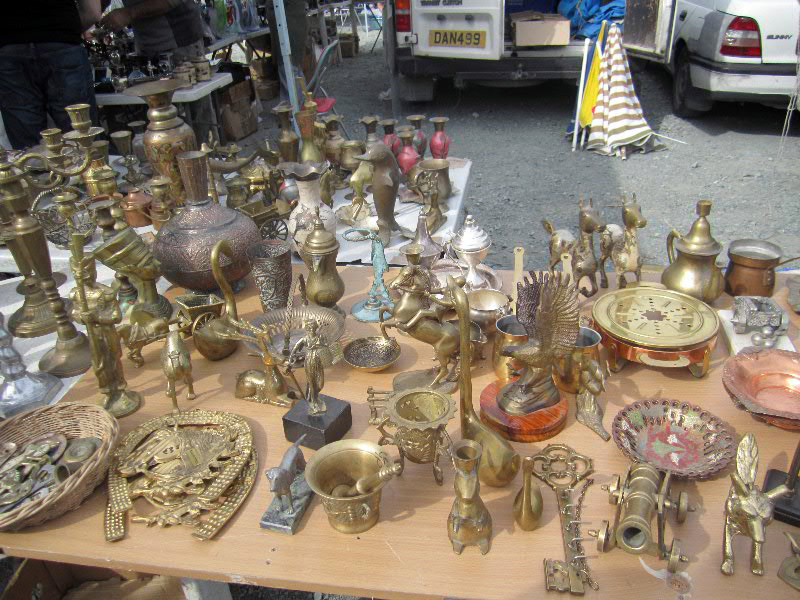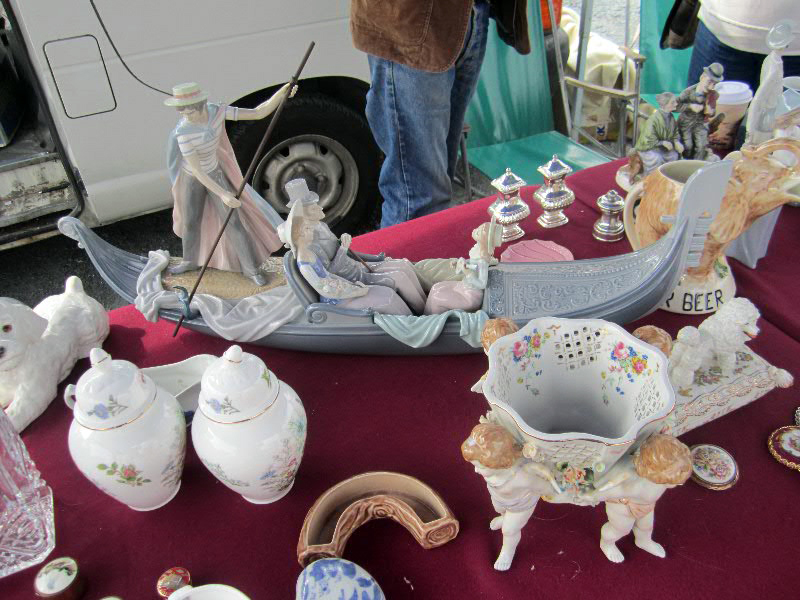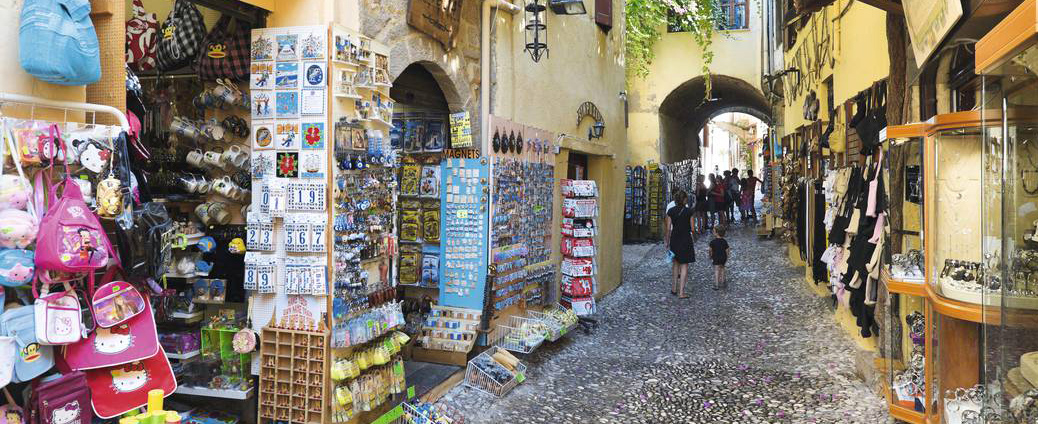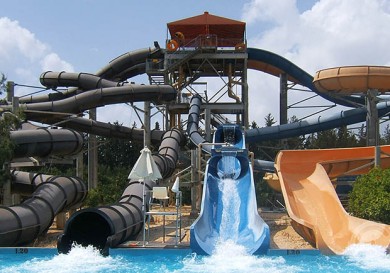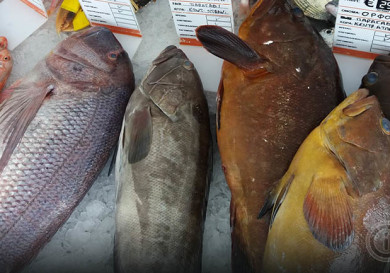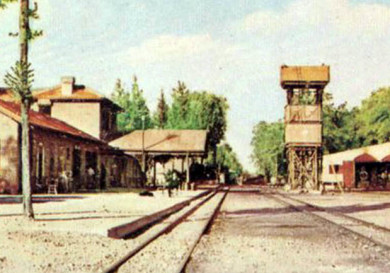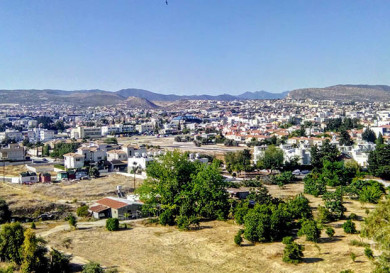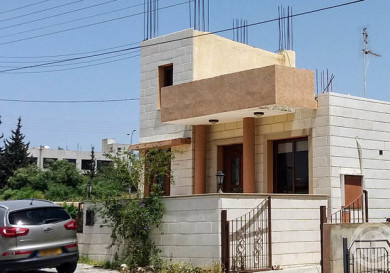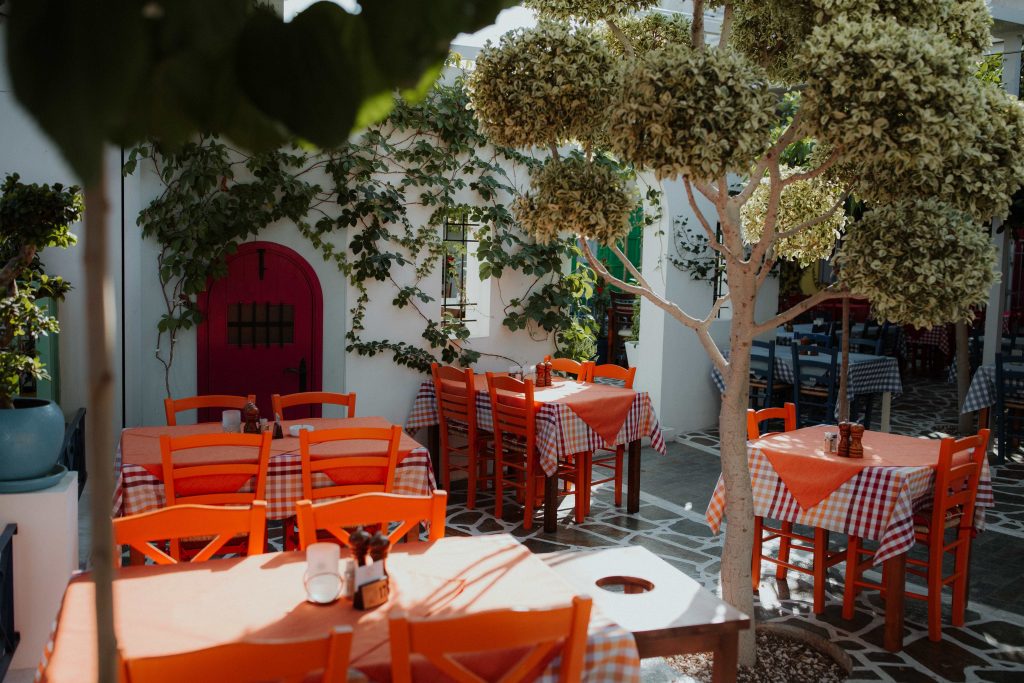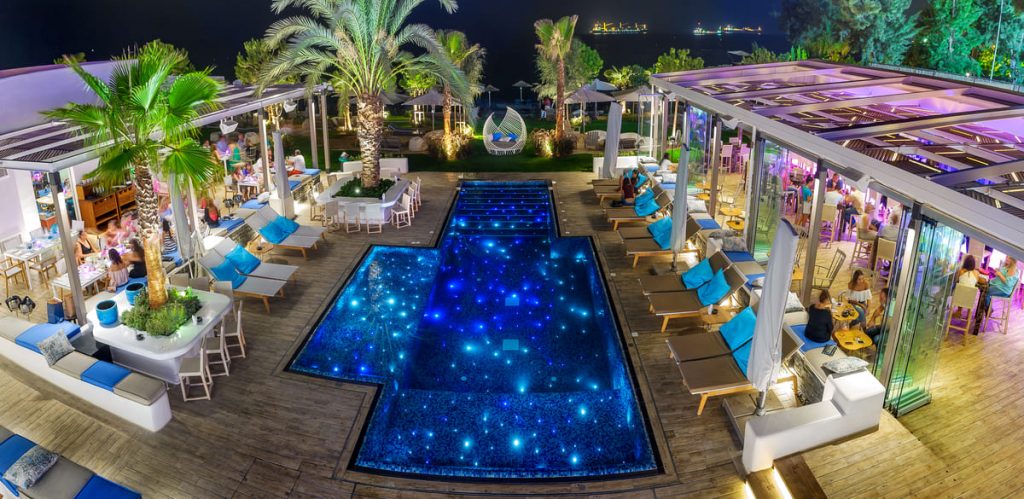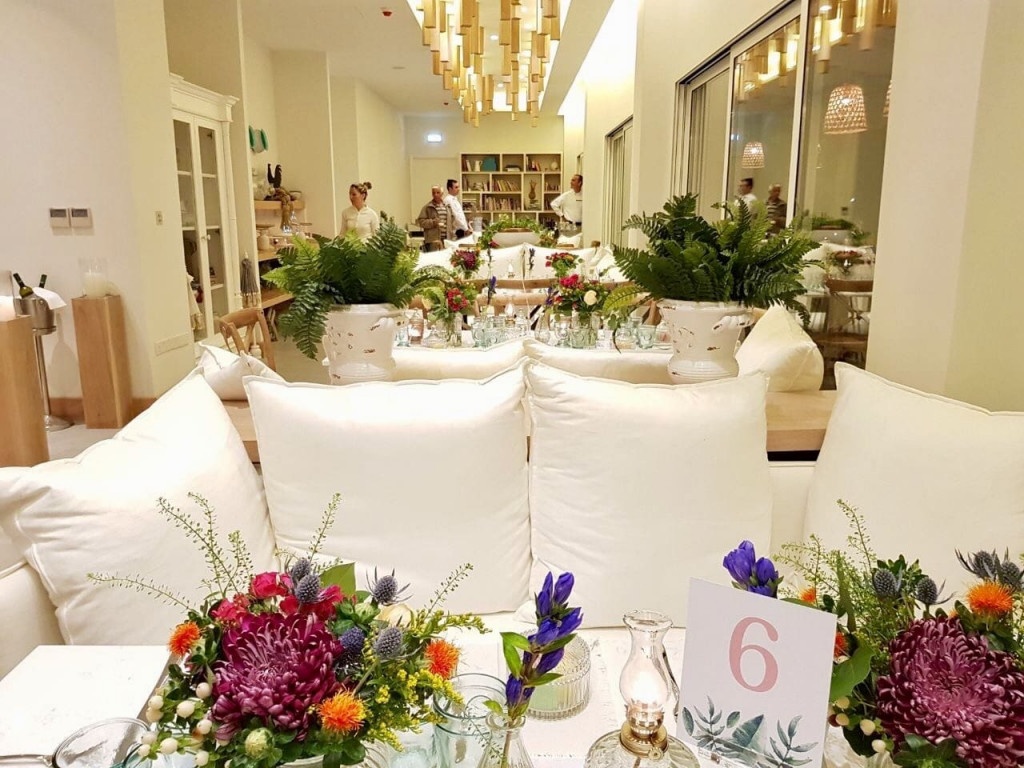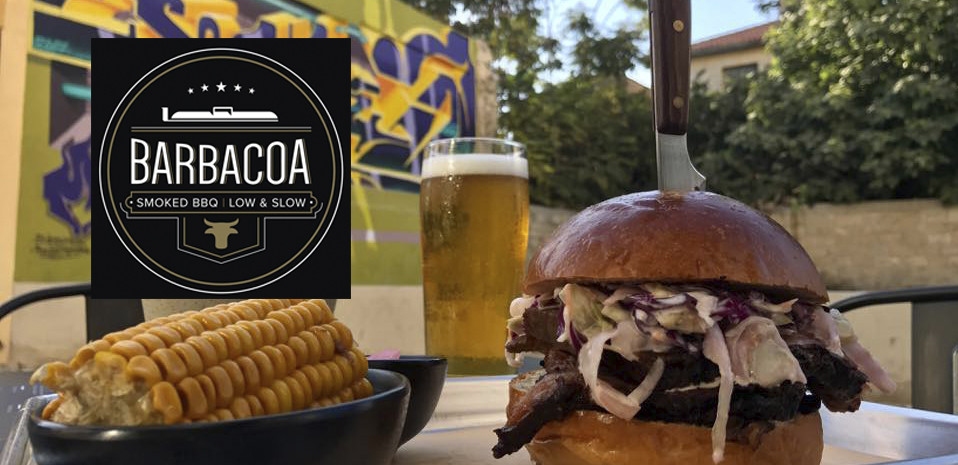A visit to a Saturday market place in Limassol will be a nice change. Each weekend the vacant land at the crossing of Agios Athanasios and Kolonakiou (ref. map) comes alive and fills with kiosks, cars, vendors and customers.
Basically the idea of a flea market is simple – we always have something we want to get rid of, and there is always someone who can make use of it.
It’s worth coming just out of curiosity and to get to know the locals a little better. A flea market is a great opportunity to see and buy a variety of goods from different eras.
Old furniture, utensils, clothes, books, vinyl records, musical instruments, boxes, table lamps, ships items and many more – all things representing a person’s life, are sold on the counters.
For a century Cyprus was a British colony, and this has had an impact on the lifestyle of Cypriots. The British brought many things with them, and they just love to decorate their homes with statues, candle holders and lovely knickknacks. But some things eventually outlive their usefulness and so it’s time to get rid of it.
Items through the ages are widely available at the Limassol Flea Market. You can see a collection of old cameras and accessories. There are still people who like to collect stamps, coins or badges, who can have a wonderful opportunity to find missing items for their collections here.
There are Russian items here too. Monetary symbols and stamps of the Soviet Union have found their way in amongst this variety.
I was struck by the fact that Cypriot collectors trade Soviet medals from the Great Patriotic War without hesitation, and say that they bought them from the internet.
I like the items from the Celestial Empire. Flower pots, sets of crockery and small plates – it’s easy to see how the fictile art developed in China. You can find interesting items amongst the most ordinary things. It is rare, but you can come across delicate white Japanese china.
It’s here where the principle ‘We are not rich enough to buy cheap things’ works to the full! Unlike the antique shops, the vendors set very symbolic prices. For comparison I saw a Chinese vase in one of the antique shops in Nicosia at €350, whereas you can buy something similar here for €20-€50.
This is part of the reason why you are tempted to buy something. This time I have chosen a piece of a Japanese set – a plate with the original 24 carat gold decoration, depicting a Samuri. The original work of a Japanese artist only cost me €3. If you set your goal you can compile a good collection.
Once we discovered a dish dated 1657 amongst some bronze items. It is hard to say how authentic the date was, but the vendor was stunned and decided to increase the price from €10.
Sometimes it’s nice to pick up wonderful, often random knickknacks. If you feel the same then you may want to visit the Limassol market for a walk around the open air museum for an interesting journey into the past.




